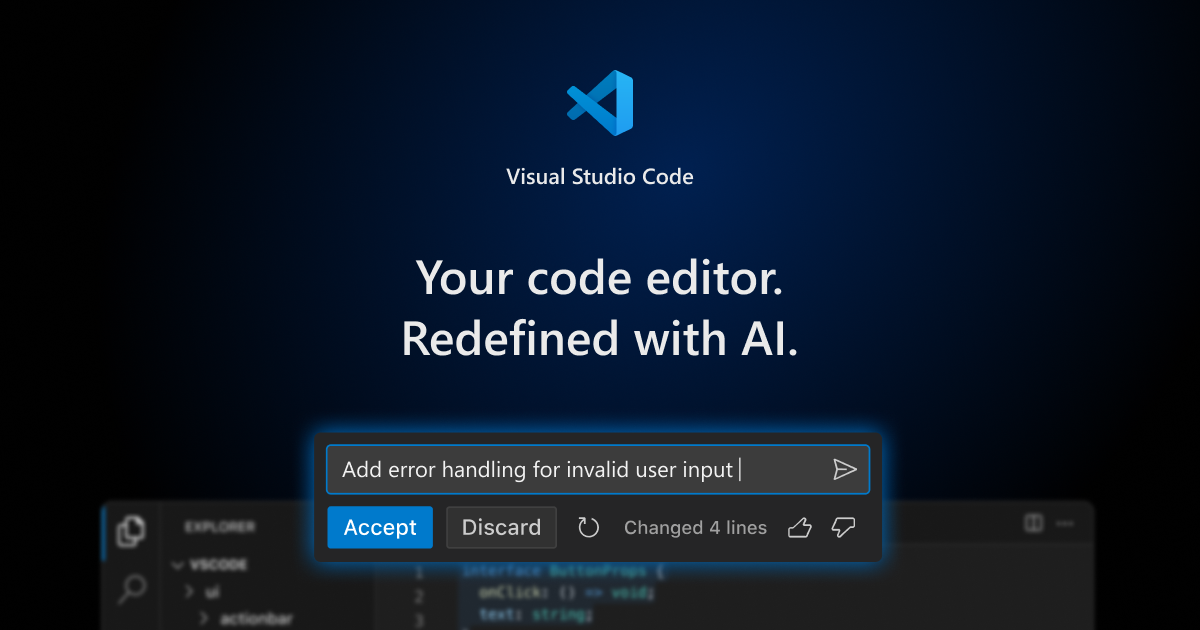

Install the extension to enable context-sensitive help when working with Python.

The one we’re interested in is by Microsoft and is called Python Extension for Visual Studio Code. You should see a list of extensions appear. Screenshot by the author of Visual Studio Code Python extension This will open up the Extensions Marketplace. Next, on the left-hand side, you will see a menu. Once installation is complete, open up Visual Studio Code. Once the installation is completed, launch Visual Studio Code. I suggest just going for the stable build to have the most reliable experience. To install Visual Studio Code on Windows, go to the official site and download and install the latest version. It’s available for free on Windows, macOS and Linux.

Visual Studio Code is an open-source code editor from Microsoft. If the installation was successful you should see the version of Python which was installed. Once the installation is completed, press Windows + R and write cmd to bring up the command prompt (or type cmd after pressing the Windows key and select ‘Command Prompt’). If you’re looking for a specific older version of Python, you can also find it here. To install Python on Windows, go to the official site, and download and install the latest version of Python. This seems like the most obvious step, but definitely don’t skip this! Let’s get started! Install a fresh copy of Python This is the motivation behind this guide. Anaconda also installs a number of potentially redundant starter packages which may not get used. While Anaconda is a useful starting point, I’ve found the Python installation from Anaconda can cause a fair amount of issues when working with IDE and wishing to do development outside of this environment. For some, working with an IDE doesn’t come until much later if all. This usually comes in the form of a Jupyter Notebook. Many people get the first taste of Python through an Anaconda installation when they start learning data science. This is useful if you are working on multiple projects that require different versions of Python. A virtual environment allows you to have multiple versions of Python installed on your computer, and to easily switch between them. In this short post, I will show you how to create a Python virtual environment on Windows. Python is a versatile programming language that can be used on a variety of platforms.


 0 kommentar(er)
0 kommentar(er)
